The Doward, near Whitchurch in Herefordshire, comprises two hills - Little Doward and Great Doward - and lies close to the Welsh border. It has a fascinating cultural, industrial and agricultural history. This post, however, is concerned with our visit to four of the six nature reserves: Miners Rest, Woodside, White Rocks, and Leeping Stocks (locally pronounced as lepping though accessed via Leaping Stocks Road?!).
We parked the campervan in the small car park at Miners Rest (access through the five-bar gate). At this time of year, there are relatively few blooming wildflowers. Nevertheless, we did spot this Meadow Saffron near the entrance...
 |
| Meadow Saffron |
It is also known as Autumn Crocus - it is a native British bloom and not a crocus although it is poisonous!
Apart from Speckled Wood, there was also a shortage of butterflies...
 |
| Speckled Wood - Miners Rest Nature Reserve |
Miners Rest NR merges into Woodside NR. In the wooded area, we spotted a group (family?) of fallow deer including one youngster. Too quick and too far away to photograph using our camera phones. We did come across this small fenced-off enclosure...
 |
| Deer-free Experiment |
The Herefordshire Wildlife Trust are monitoring plant growth in the absence of deer (inside the enclosure) in order to see what effect restricting deer access would have on biodiversity, especially plant life.
In the grassland area of Woodside, grasshoppers abound...
 |
| Common Field Grasshopper - Woodside Nature Reserve |
...along with this European Hornet...
 |
| European Hornet - Woodside Nature Reserve |
From Woodside, a short roadwalk led us to White Rocks Nature Reserve where we spotted these giant woodlice, helpfully magnified...
 |
| Woodlice/Magnifying Glass Sculpture - White Rocks NR |
Miners Rest and White Rocks have plenty of examples of tumbledown limestone walls surmounted by multi-stemmed and twisted beech trees, remnants of the original beech hedges.

|
Beech-topped tumbledown walls - Miners Rest NR
|
.jpg) |
| Beech-topped tumbledown walls - White Rocks NR |
We arrived at Leeping Stock Nature Reserve after a further short roadwalk. Lords-and-Ladies were widespread throughout all the reserves. The fruits of this specimen in Leeping Stocks had been part-
eaten by birds although they are poisonous to many animals, including humans...
 |
| Lords-and-Ladies - White Rocks NR |
Surprisingly, we came acroos some deer droppings in this reserve even though the area is fenced off to exclude them...
.jpg) |
| Deer Poop - Leeping Stocks NR |
Wild basil was found throughout the reserves...
 |
| Wild Basil - Miners Rest NR |
Despite the time of year, there was still plenty to see. We plan to return next year when the wildflowers are abloom and the butterflies are on the wing.






.jpg)



.jpg)





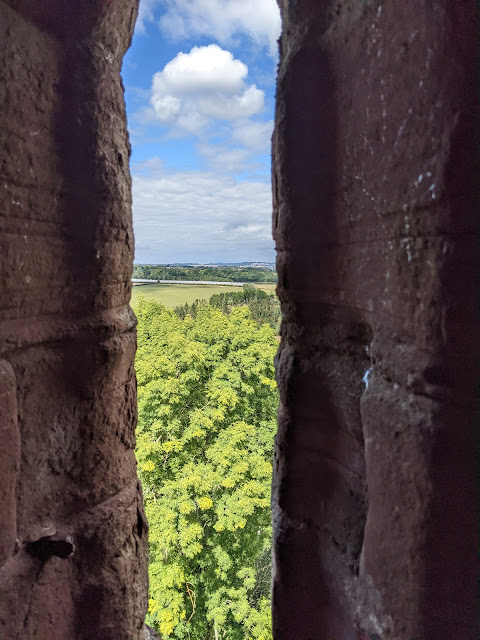




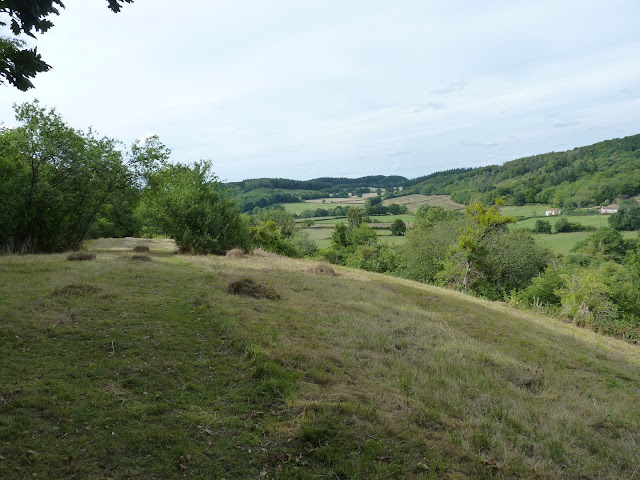



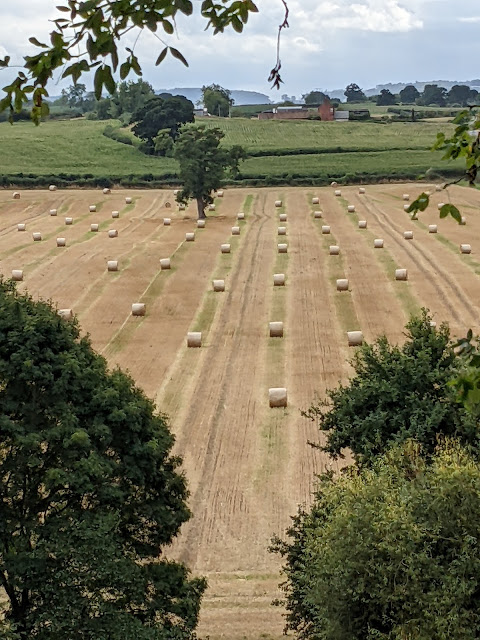

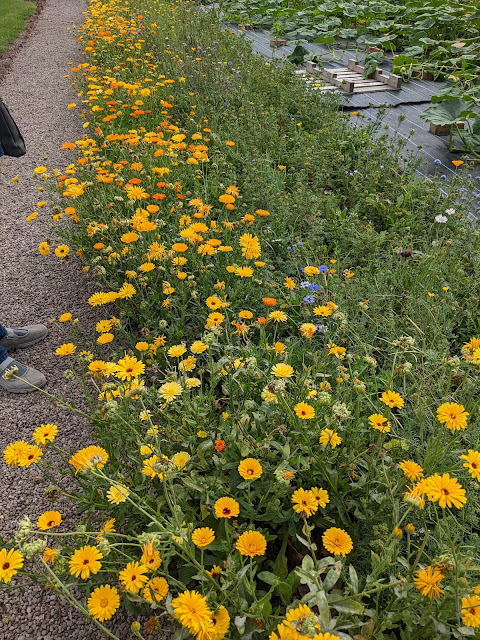
.jpg)



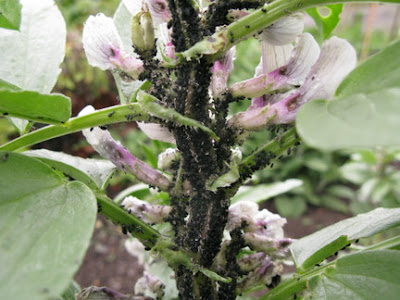


.JPG)
.JPG)
.JPG)




.png)











